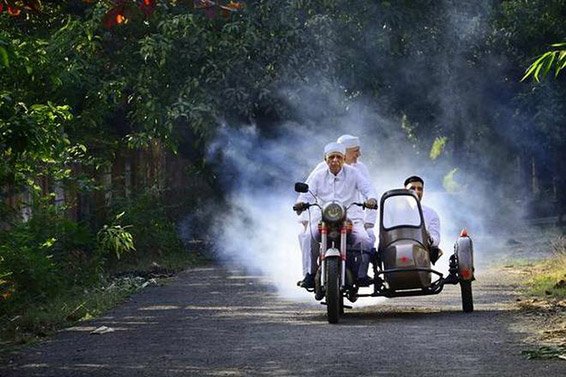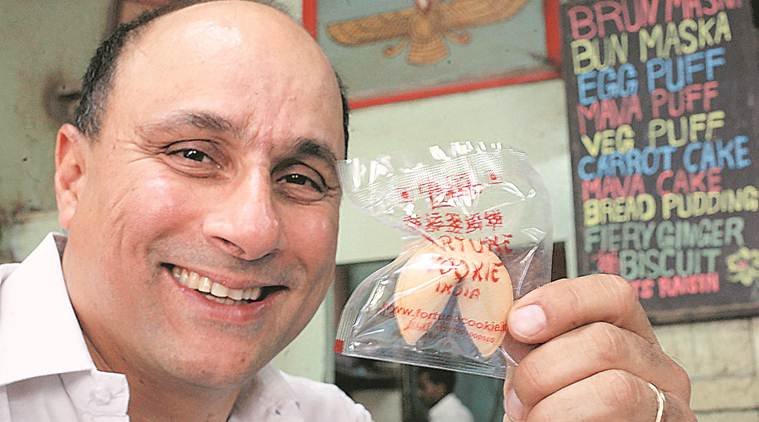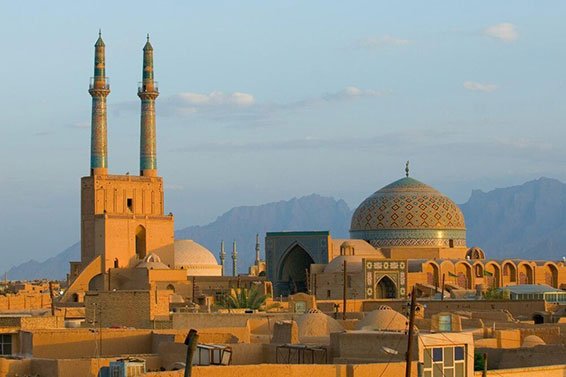Parsi darbaar
When the Parsis fleeing the Muslim conquest of Persia arrived in India in the eighth century, they reached Sanjan on the coast of Gujarat. Due to a language barrier, Hindu King Jadi Rana could not communicate with the Parsis or their priest.
There was no space to accommodate emigrants, so the King sent them a large bowl with milk filled to the brim, adding more to it would result in an overflow. The Parsi priest, in turn, added a teaspoon of sugar to the bowl to tell the King that Parsis would integrate just as seamlessly and sweeten the Indians’ lives. The Sanjan Stambh pillar in Gujarat commemorates the arrival of the community in India. Over the next few centuries, a tiny community of Parsis reached Mumbai and have settled here for over 200 years now. There are only 61,000 Parsis in Mumbai today, according to a study in 2016, as compared to double the number in the 1940s. With such a fast-paced decline in the number of people, the need to preserve the culture and tradition of the people has increased.
Which is why aviation expert and founder of Damania Airways Parvez Damania, and Ratan Luth, chairman of Fravashi Academy and Fravashi International Academy have commissioned a photography exhibition comprising 50 works by award-winning photojournalist Shantanu Das titled Parsis – A Timeless Legacy.
This is not the first exhibition to celebrate the heritage of the Parsis. Damania and Das, who met at Damania’s son’s navjot ceremony, worked together in 2013 to photograph the village of Udvada, Gujarat to show the world the architecture and cultural practices of the Parsi people. Their effort was largely appreciated and the photographs were published in a coffee table book inaugurated by businessman Cyrus Poonawalla.
“People outside of the Parsi community are very intrigued by us,” says Damania. “We want to celebrate our culture and traditions with the rest of the country.”
Luth admits the need for younger Parsi people to understand their culture and heritage. “These photos will bring out nostalgia and will make the newer generation of Parsi children take these practices forward,” he says.
Another important factor is to highlight the contributions of the community to society. For instance, they’ve helped found and preserve institutions like the Cama Hospital and The Sir J.J. School of Arts. Hafeez Contractor has made commendable additions to the field of architecture.
There are lawyers such as Soli Sorabjee, winner of the Padma Vibhushan for his defence of the freedom of expression; and doctors like Farokh Udwadia, who received a Padma Bhushan award in 1987. “We have to make people aware about how this community has aided Mumbai and this country,” Luth explains.
The ongoing showcase brings fond memories to Damania and Luth, but the one that has inspired them the most has been that of two Parsi priests and a Parsi boy on a Jawa motorcycle with a sidecar. They find it particularly fascinating as the Jawa motorcycle is a rarity, thus defining a famous love for automobiles that the community has. “Shantanu Das is an excellent photographer and his work is exceptional,” smiles Damania excitedly. “He has captured all these wonderful moments and it makes you wonder how great the workmanship and creativity of the older generations were.”
Another highlight is a photo of Parsi children in school training to become priests, an uncommon moment captured for posterity.
After its city spectacle, the showcase will travel to Nashik from December 7. It will continue to spread the message about Parsis, a fun-loving community that finds happiness in their family, friends and food like the popular saying suggests, ‘khaavanu, peevanu aney maja ni life’ (eat, drink and make merry in life).





